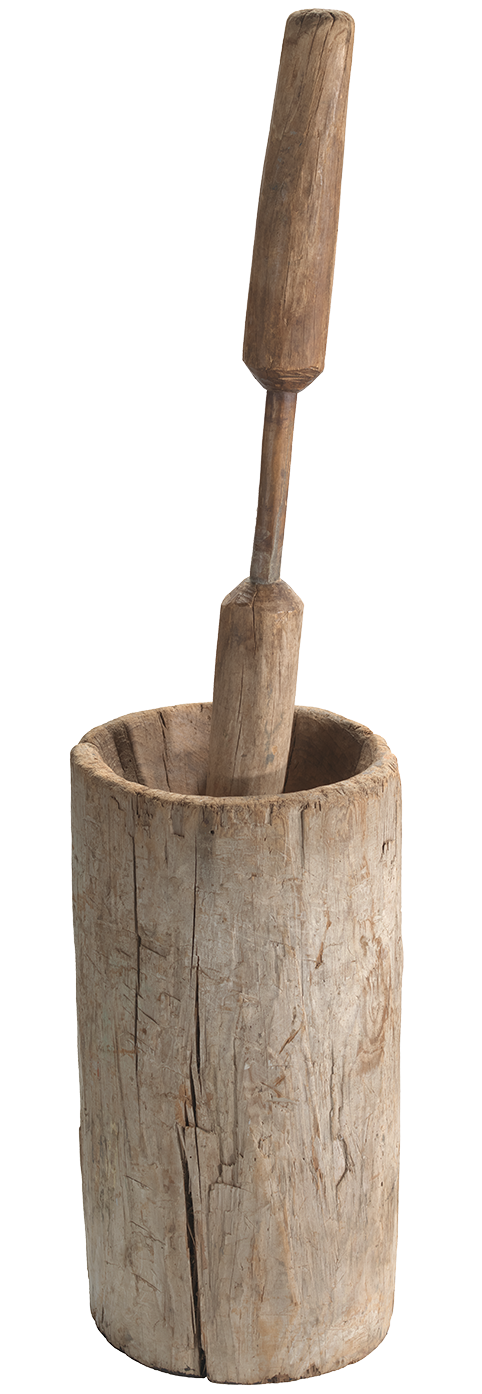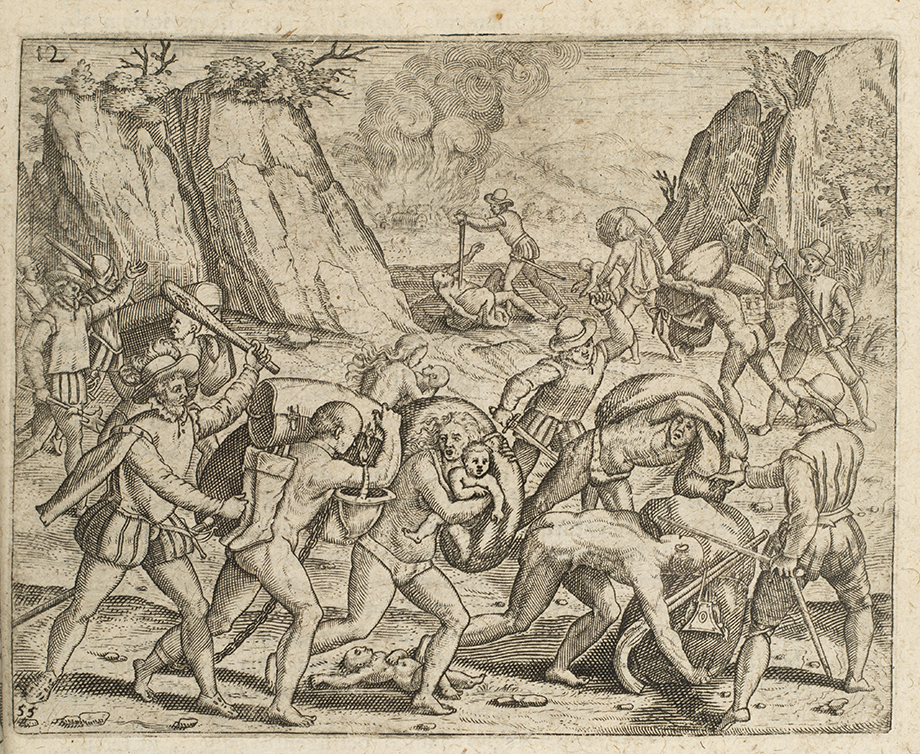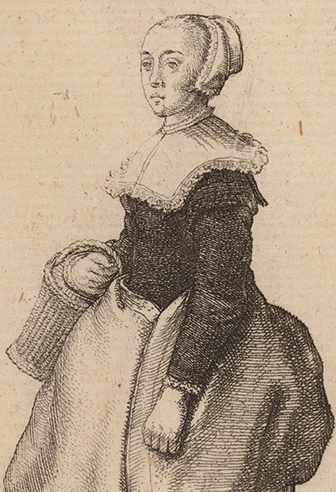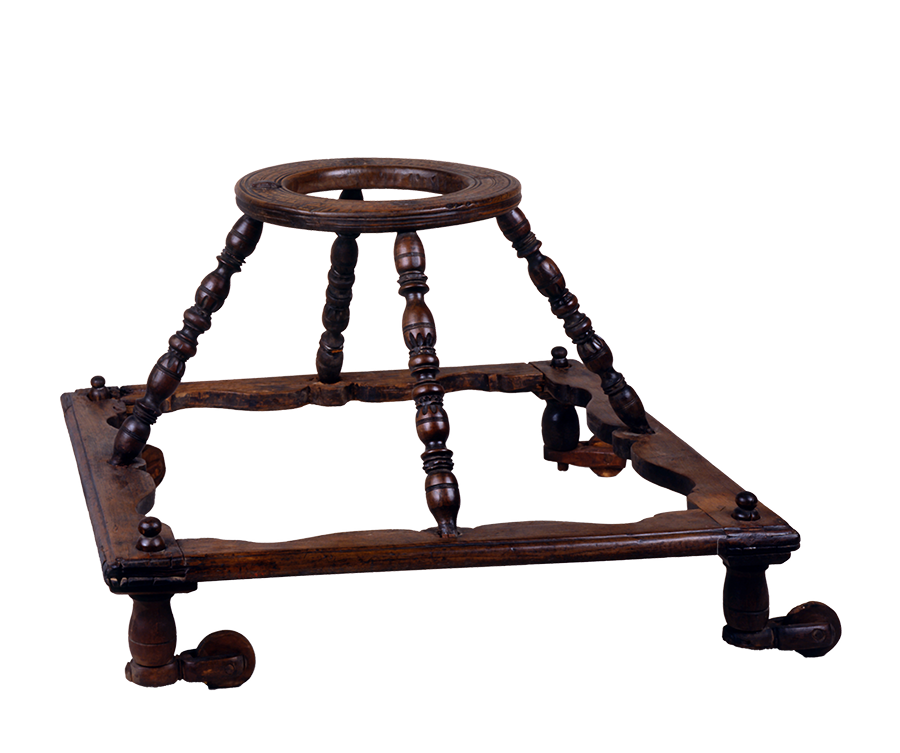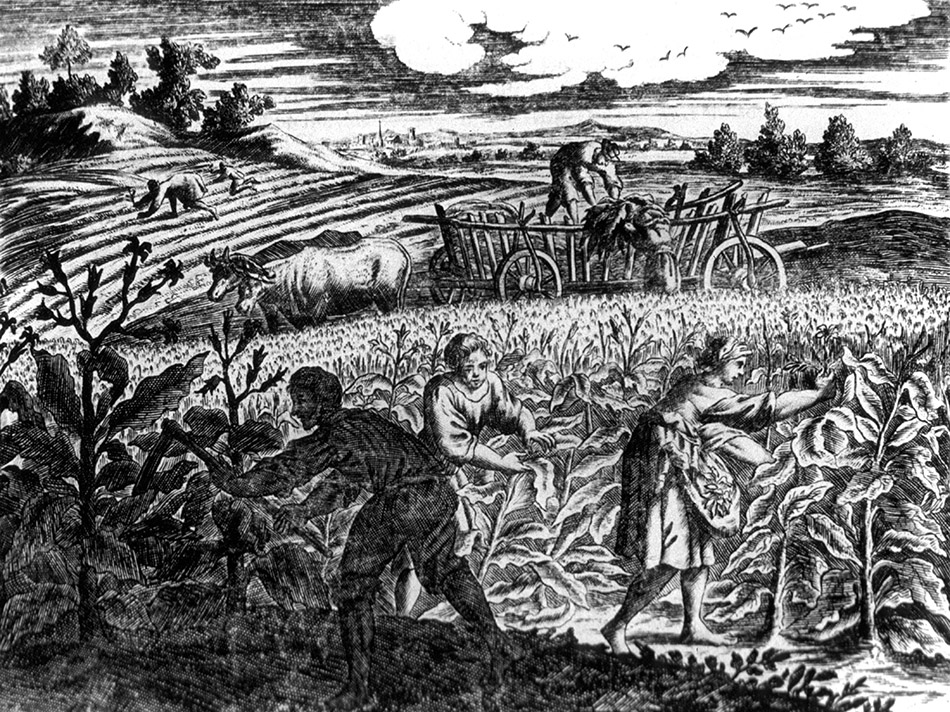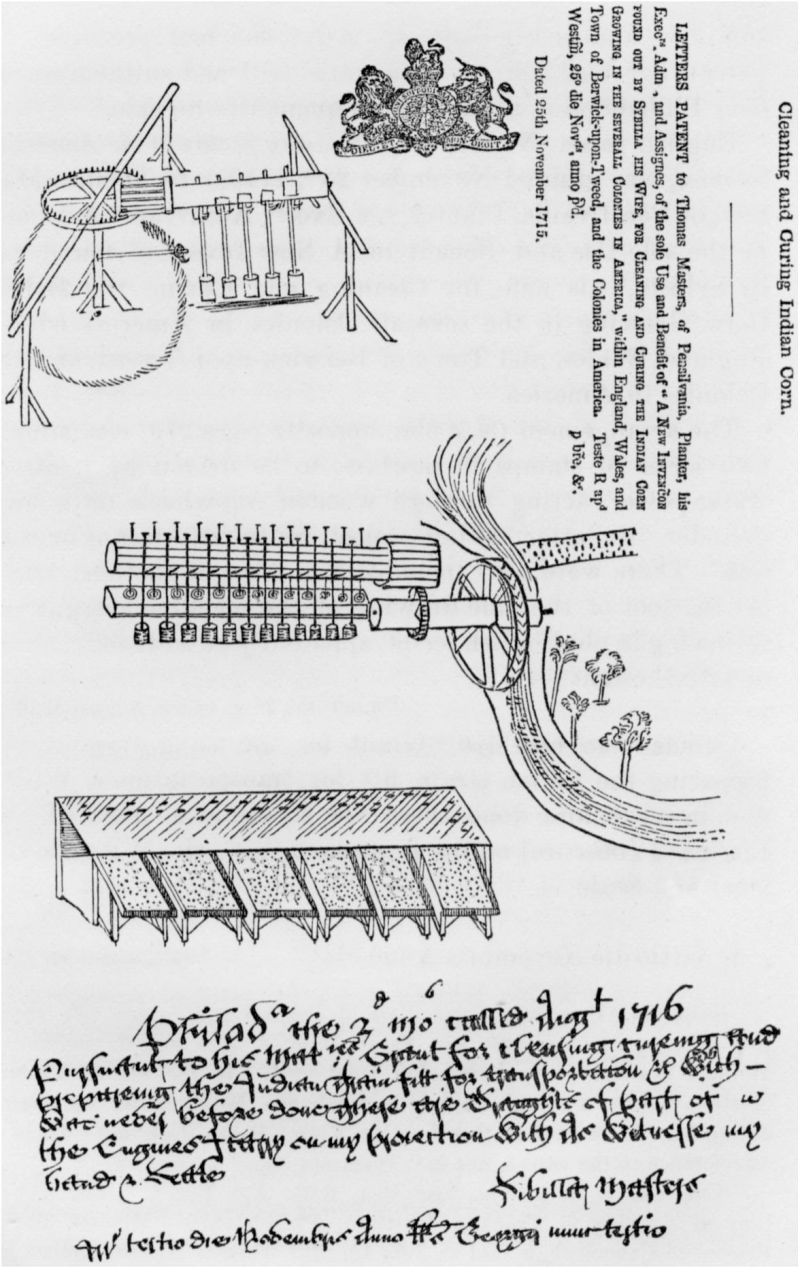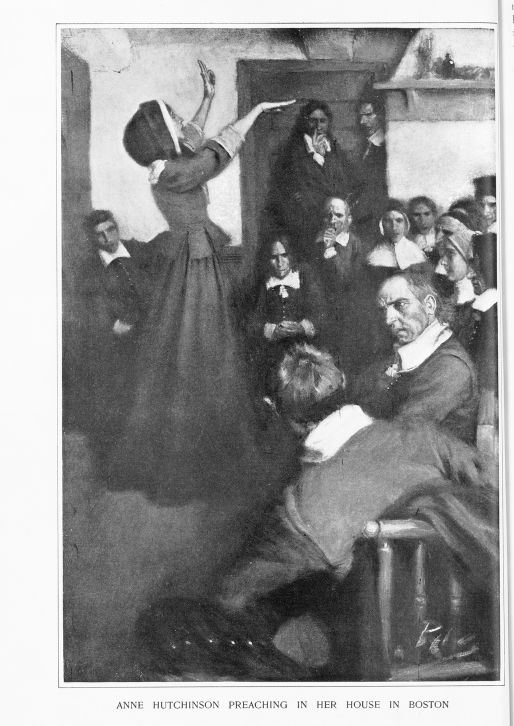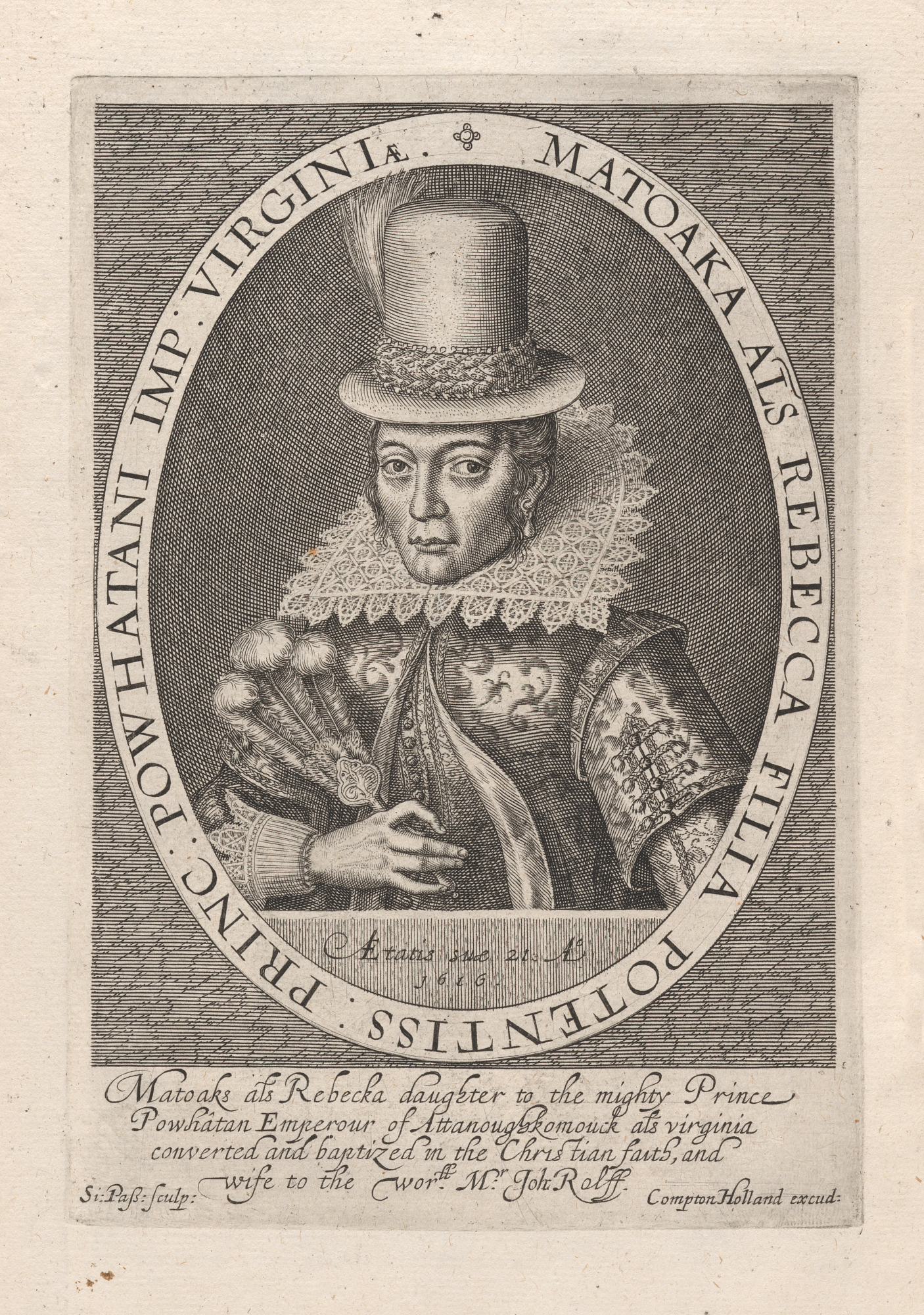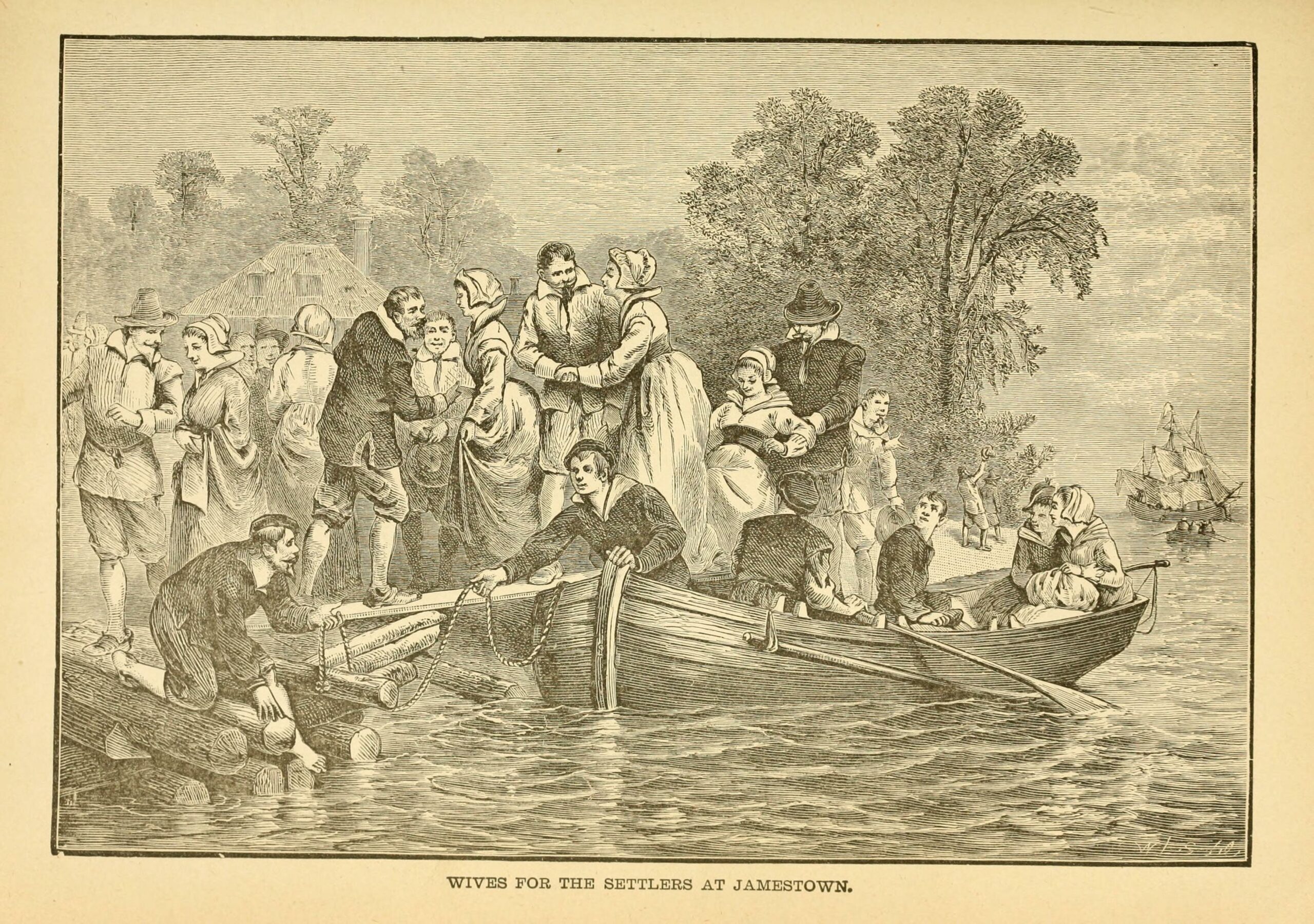agricultural laborers. Therefore, West African women “accustomed to the practice of growing rice” were highly prized by plantation owners because their knowledge would make rice plantations more productive. Within twenty years, South Carolina produced enough
VIEW
Americas, but the Spanish also wanted to profit from their new territories. Once the treasures of Indigenous civilizations were looted, colonists turned to mining and plantation farming to make their fortunes, and they needed to find cheap labor to maximize
VIEW
dress as a woman and take on traditional women’s labor. John appears to have had no problem with this switch, as he later swore to the community at large that Thomas(ine) was a woman. But other members of the community were less comfortable with the
VIEW
cradleboard with Indigenous Agricultural Innovation and Women’s Labor Agreements for a lesson on the labor of women in Indigenous communities.
Not every child born in the New World benefited from a mother’s constant presence and attention. Invite students
VIEW
her chance for a better life.
Life as an indentured servant in Maryland was hard. Indentured servants were at the mercy of the men and women who owned their labor contracts. Contract holders set work hours, assigned tasks, and determined how much food
VIEW
most women who went into labor while aboard a slave ship lost their lives. Mothers of young children had to struggle twice as hard to ensure not only their own survival but also that of their children, only to be separated at the slave markets when they
VIEW
prompts for students at the Smithsonian’s Kid Inventors website.
SCIENCE, TECHNOLOGY, AND MEDICINE; WORK, LABOR, AND ECONOMY
For more resources relating to the practice of coverture, see Saving Washington: The New Republic and Early Reformers
VIEW
, AND SETTLEMENT
Source Notes Artifact. Black Experiences. Classroom Application. Daily Life. Early Encounters, 1492-1734. Elementary School. High School. Middle School. Region. Resource Type. Slavery. South. Themes. Topics. Units. Work, Labor, and
VIEW
Experiences. Classroom Application. Daily Life. Early Encounters, 1492-1734. Elementary School. High School. Middle School. Region. Resource Type. Slavery. South. Themes. Topics. Units. Work, Labor, and Economy. 1690. 1691. 1692. 1693. 1694. 1695. 1696. 1697
VIEW
Encounters, 1492-1734. Elementary School. High School. Middle School. Region. Resource Type. Slavery. South. Themes. Topics. Units. Work, Labor, and Economy. 1690. 1691. 1692. 1693. 1694. 1695. 1696. 1697. 1698. 1699. 1700. 1701. 1702. 1703. 1704. 1705. 1706
VIEW
